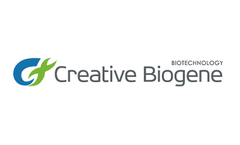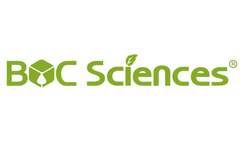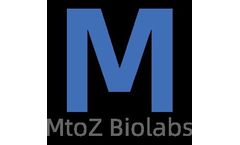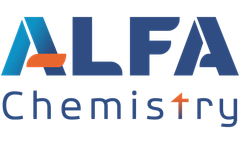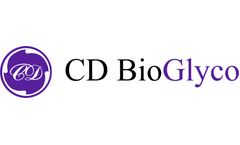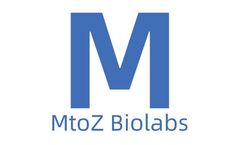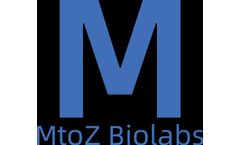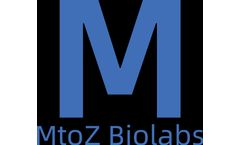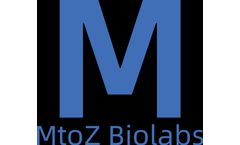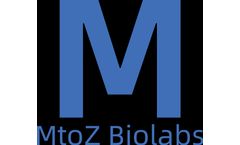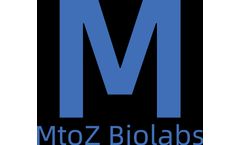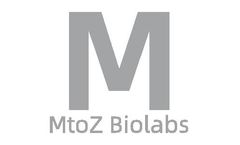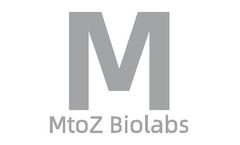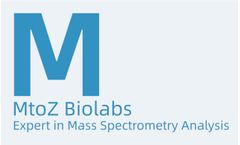Refine by
Drug Design Articles & Analysis
66 articles found
This specificity and versatility make antibodies attractive candidates for therapeutic applications. The Evolution of Antibody Drug Design Traditional methods of drug development often involved trial-and-error approaches to identify suitable candidates. ...
Similarly, organophosphorus compounds demonstrate remarkable versatility, facilitating reactions with various nucleophiles that are crucial in drug design. The unique ability of phosphorus to exhibit different oxidation states allows the formation of diverse chemical structures. This diversity opens pathways for designing molecules with ...
These services include developing targeted therapies, immunotherapy, and inhibitors and drugs. Each stage must undergo rigorous quality testing to achieve the highest safety standards. ...
Alfa Cytology’s cancer immunotherapy development services are designed to tackle these obstacles by offering tailor-made, high-quality immunotherapeutic solutions that align with the unique immunological profile of different cancers. ...
Through the design and utilization of nanoparticles, drugs can be delivered more precisely to specific sites within the body. ...
Recombinant protein drugs refer to protein products that originate from animals and plants and are developed through biotechnology research. ...
Proteolytic targeting chimera (PROTAC) is a new type of drug design technology that works by inducing the degradation of target proteins. ...
By analyzing these interactions, scientists can identify new biomarkers for disease, develop targeted therapies, or discover novel glycan-binding proteins with potential applications in drug design. 2. Glycan Profiling in Disease Diagnosis Glycan microarrays are increasingly being used for glycan profiling in disease diagnosis, particularly in cancer and ...
Alfa Cytology has introduced its advanced drug development services for brain tumors. Alfa Cytology, celebrated for its cutting-edge biotech solutions and extensive tumor research expertise, has recently introduced brain tumor drug development services, designed to empower researchers in understanding the intricacies and unique challenges ...
These drugs are usually precisely designed protein molecules that can specifically bind to targets in the human body, such as specific molecules on pathogens or diseased cells, thereby guiding the attack of the immune system or directly blocking the pathological process. ...
For instance, glycosylation modification can regulate the affinity of the antibody, affecting its binding capability with the target protein. This is crucial for antibody design in drug research and therapeutic applications.BiodistributionGlycosylation modification can also influence the distribution and clearance rate of the antibody within the organism. ...
Through the sequencing of nanobodies, we can understand the antigen binding sites, affinity, and diversity of antibodies, this information is of great significance for understanding the occurrence and development of diseases and finding effective treatment methods.Application of Nanobody SequencingThe application field of nanobody sequencing is very wide, including clinical diagnosis, ...
Compared with the original library, libraries derived from immune donors can produce antibodies with higher expression levels, stronger affinity, and specificity for target antigens, injecting new vitality into the development of antibody drugs. At the same time, the generation of synthetic libraries allows us to control the antibody sequence entirely through de novo ...
Customized AntibodiesPersonalized antibodies can be targeted at specific diseases, minimize side effects, and improve patient treatment results.Drug Design Optimization1. Protein 3D StructureMore and more protein structure information is being determined as potential drug targets, and protein structure is used as the basis for identifying or ...
They are currently a focus in new drug development. The design of antibody drugs is a complex and delicate process, and its success often depends on a deep understanding and precise analysis of the antibody itself. ...
This information aids in understanding the drug's mechanism of action and optimizing drug design.3. Optimization of Drug Formulations and Drug Delivery SystemsCD technology can help analyze conformational changes of drug molecules in different formulations, or their encapsulation status in ...
First, mRNA with m7G caps is captured using specific antibodies, then these mRNAs are amplified by PCR, and finally, the capping rate is estimated by quantitative PCR analysis.ApplicationsThe capping rate is crucial for the effect of mRNA therapy. mRNA with a high capping rate is more stable and less likely to be degraded by cells, thereby improving translation efficiency and therapeutic effect. ...
Amino acid sequence analysis is the foundation of structural biology, comparative genomics, functional genomics, etc., and provides key information for protein engineering, drug design, and disease ...
These properties confer several advantages, including the ability to easily pass through cell membranes and the predictability of manufacturing, storage, and dosing. These drugs are usually designed to interact with specific targets (such as enzymes, receptors, and ion channels), and modify their activities to treat or prevent diseases. Developing effective ...
Another powerful tool in the drug designer's arsenal is fragment-based drug design (FBDD). This method leverages the use of small, low-molecular-weight fragments that can bind to specific target proteins. ...

